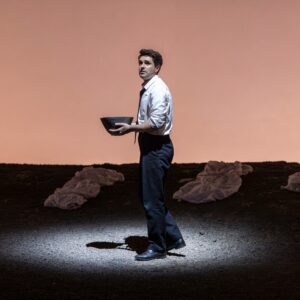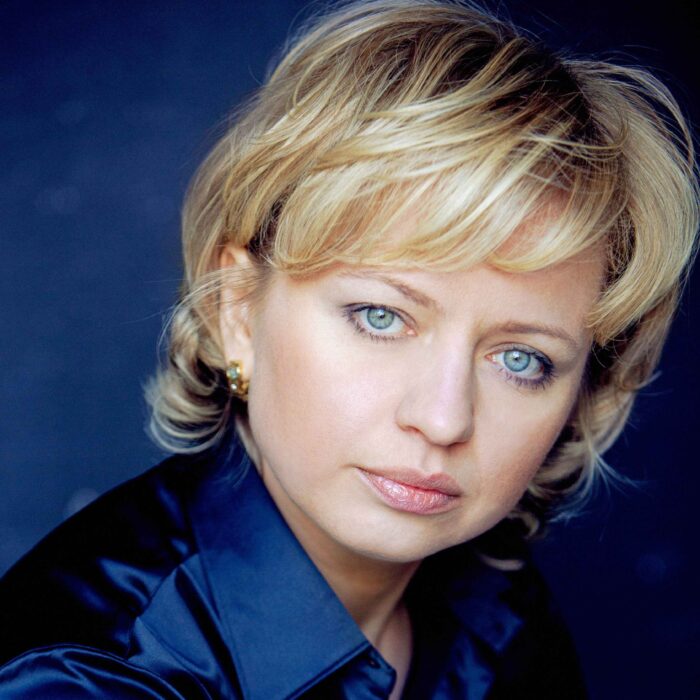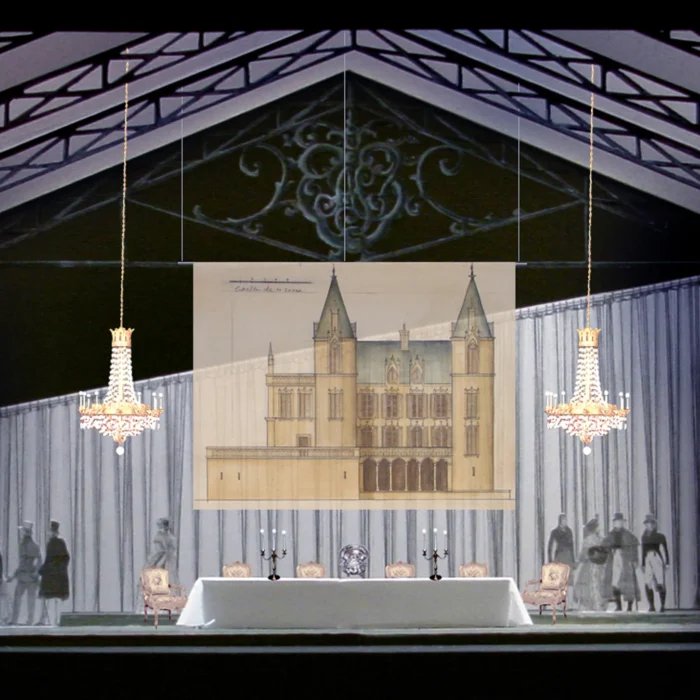
Artist of the Week: Carlo Vistoli
Italian Countertenor Makes His San Francisco Opera Debut in ‘Partenope’
By Francisco SalazarThis week the San Francisco Opera will revive its acclaimed production of Händel’s “Partenope.” The production will star some of the most acclaimed singers in the Baroque repertoire and will showcase three debuts. Among the debuts is Italian countertenor Carlo Vistoli who has performed around the world.
In anticipation of his debut, Vistoli spoke to OperaWire regarding the production.
OperaWire: What does it mean to debut at the San Francisco Opera?
Carlo Vistoli: Making my debut at the San Francisco Opera is first and foremost a great honor. It will also be an opportunity to present myself to the American public for the first time in a more complete manner. Although I have already had opportunities to sing in several American cities with conductors such as William Christie and John Eliot Gardiner, these were always concerts or operas in concert form. Therefore, I am very happy to make my stage debut in this beautiful theater, with such a wonderful team of artists, and in this production by Christopher Alden, which we can already call historic.
OW: Tell me about performing Händel’s “Partenope.”
CV: First of all, the role of Arsace is really a massive one. If we count the musical numbers, we see immediately that it is one of the most demanding roles that Händel wrote for a castrato, even longer than that of Giulio Cesare – with arias of great abandon or broad melodic lines, and others with tempestuous coloratura. The character is marked by profound ambiguities, both on the emotional and political levels, torn between feeling and convenience, attraction and prestige, between love for Rosmira and desire for Partenope and what she represents (as a queen in the original plot and as a muse for artists in our modern setting). With Christopher Alden and Christopher Moulds, we are trying to bring out all the psychological nuances present in Handel’s music in this wonderful production set in the Paris of the surrealists and Dada in the 1920s, where Arsace will be portrayed not as the capricious yet heroic prince drawn by the “Caro Sassone,” but as a sophisticated and salon-going intellectual.
OW: How does it differ from other Händel works you perform?
CV: If we consider that Händel wrote most of the contralto castrato roles for Senesino, a true alto, we could say that the difference lies primarily in the writing and range. “Partenope” was composed in 1730 when Senesino was away from London, so the role of the leading man (primo uomo) was written for Antonio Bernacchi (who, by the way, was from Bologna, my same native region, Emilia-Romagna). For him, Händel had written the role of Lotario in the eponymous opera a year earlier. Compared to Senesino, who would later reprise this Partenope in a revival a few years later, making several modifications, we can note that Bernacchi had a wider range in the upper register and perhaps more flexibility in managing the different registers. The writing, while clearly for a contralto, often ventures into the extremes of the tessitura, reaching the soprano part in the choruses (something that never happened in operas where Senesino was the protagonist), suggesting a wide range that is confirmed by the arias other composers wrote for him or by certain variations written by himself, of which we have the manuscripts. I’ll sing a solo recital dedicated to this important castrato at the end of July at the Beaune Festival, in France.
Speaking more generally, we can say that “Partenope,” compared to Händel’s other “opera seria” works, has a distinctly lighter, almost ironic tone, especially evident in the recitatives: betrayals, disguises, gender confusion… against a backdrop of warlike events. What stands out is a plot with very modern connotations that, as in the case of our production, inspires a type of theater that is very dynamic and full of humor.
OW: What are the biggest challenges of the work and what are your favorite parts of the opera?
CV: The greatest challenge is undoubtedly to characterize and resolve each aria, from the elegiac ones to those of great virtuosity, trying to make each one a piece of a complex psychology in the character’s developmental arc. If I have to choose a couple of moments from the opera, I would say the aria “Sento amor con novi dardi,” in which Arsace feels his love for Rosmira, whom he had betrayed, rekindled within him, and the aria that ends the second act – the famous “Furibondo spira il vento” – a true adrenaline rush for me on stage that I hope to convey to the audience in the theater.
For those not in San Francisco for “Partenope,” the opera will be streamed on the company’s platform. Vistoli is also set to perform at the Wiener Staatsoper, Teatro alla Scala, and Teatro Regio di Parma.
Recordings
For more on Vistoli, audiences can hear his recordings “Semele,” “Artaserse,” “L’Orfeo” and “Il Ritono d’Ulisse in Patria.”


